Guide to the Color of Extra Virgin Olive Oil
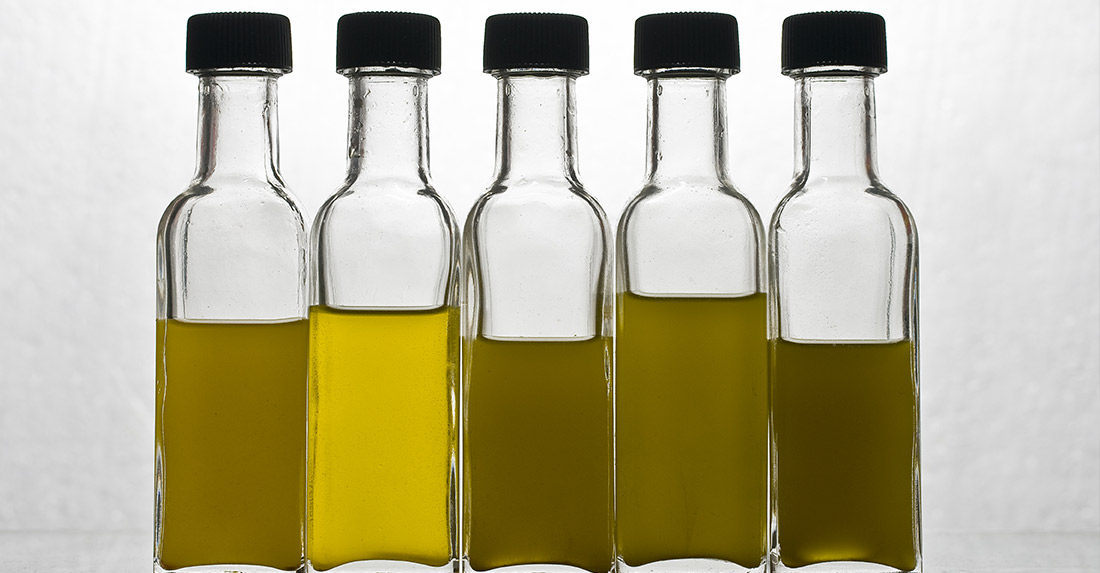
When we look at a good extra virgin olive oil, we are often immediately struck by its color: a range from deep green to golden yellow, passing through all the intermediate shades. But is the color of EVO oil just an aesthetic detail or does it tell something more about its quality? In this Contedoro signed article we explain everything you need to know about olive oil color, dispelling false myths and helping you understand when an oil is really good.
Index
Where does the color of extra virgin oil come from?
The color of EVO oil depends on two main elements: the olive variety (cultivar) and the stage of ripeness of the olives at the time of harvest. In general:
- Green olives, harvested early, produce an oil with a deeper green color, often with golden highlights and a more pungent flavor, rich in polyphenols and chlorophylls.
- Ripe olives, tending to purple or black, yield a golden yellow or greener yellow oil that is sweeter and softer on the palate, with lower antioxidant content.
This is why the color can vary from light olive green to warmer shades, depending on when the olives were processed and their origin.
Does the color of the oil indicate quality?
No, the color of extra virgin olive oil does not determine its quality. On the contrary, in official panel tests, sensory analysis of oil is done in dark glasses precisely to prevent color from affecting judgment. So a yellow oil can be just as excellent as a bright green oil, if produced correctly.
What matters is the organoleptic profile: fruitiness, bitterness and spiciness are the true indicators of a superior extra virgin oil, not color hue.
When should oil color be a concern?
However, there are signs not to be ignored. If an oil shows a dull, cloudy brown color or tends to grayish, it could be an oxidized or old oil that has lost its qualities. Even a transparent, excessively clear oil may have been over-filtered or diluted, reducing its intensity.
In contrast, a dark residue at the bottom of the bottle is not necessarily a problem: these are often unfiltered olive micro-particles, typical offreshly pressed oil.
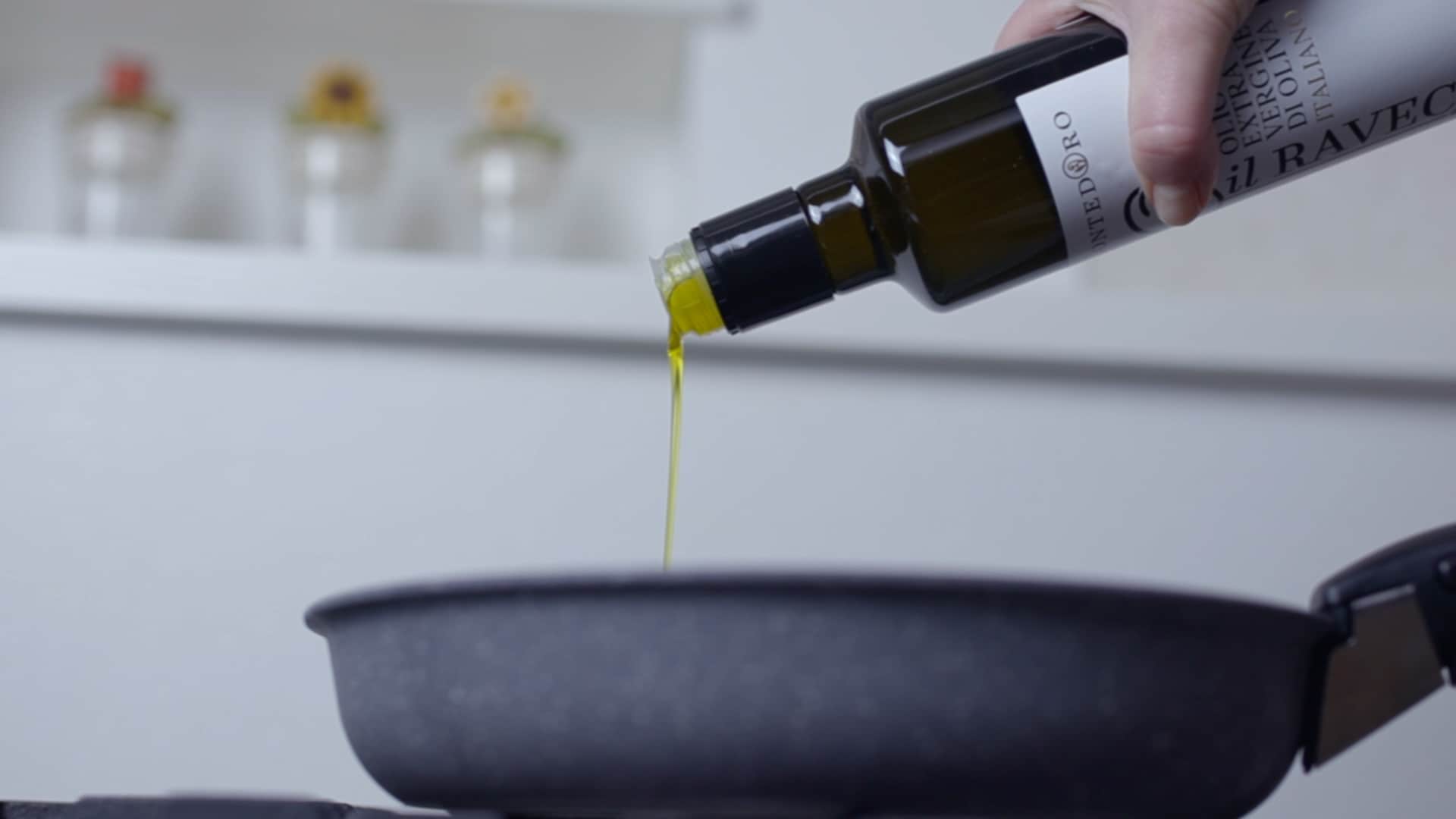
The color of freshly pressed oil
Anyone who has had the good fortune to visit an olive mill at harvest time knows thatfreshly pressed oil has a vibrant, almost fluorescent color, between green and yellow, with herbaceous hints and a strong taste. This is when the oil is at its peak in terms of freshness, aroma and nutrients.
Green and yellow: which to prefer?
The choice between an olive green oil and a golden yellow oil depends on your taste and use in cooking.
- Green oils, which are fruitier and spicier, are ideal for seasoning raw soups, grilled vegetables, white meats, and bruschetta.
- Yellow oils, which are sweeter and more delicate, go well with light dishes, fish, and savory pastries.
In both cases, it is essential to choose 100% Italian, cold-pressed extra virgin olive oil produced by artisanal methods.
What does the color change over time indicate?
If your oil changes color over time, don’t be immediately alarmed. Slight yellowing is normal with natural oxidation, especially if the oil has been exposed to light or heat. The important thing is to store it in a cool place, out of direct light and in dark bottles. Find out how best to store it here.
Contedoro: a living oil, not an artificial one
At our Contedoro mill,extra virgin olive oil is carefully cold pressed within 24 hours of harvesting. We don’t chase the perfect color, but the real quality: the one you recognize when you taste it. Our oil is bright green as soon as it is pressed, then evolves naturally without losing its properties.
Never judge an oil by its color alone. Taste it, feel it, get to know the people who make it. Because like any artisanal product, extra virgin oil has a soul, and color is just one of the many nuances that tell its story.
-
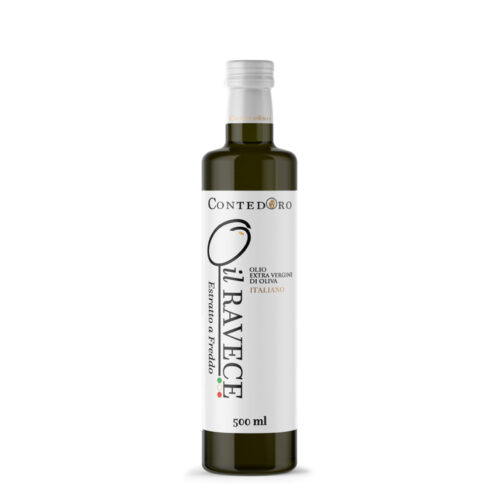 Oil Ravece
Oil Ravece -
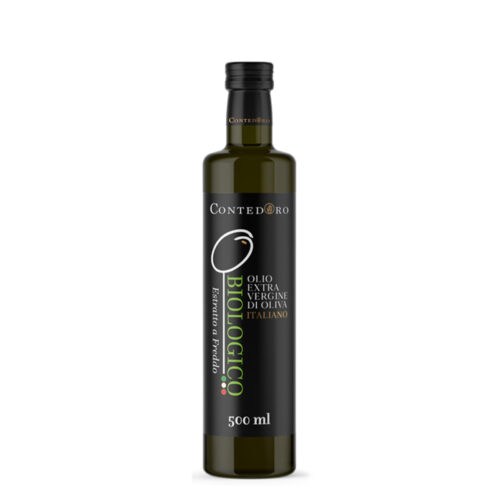 Organic Extra Virgin Olive Oil
Organic Extra Virgin Olive Oil -
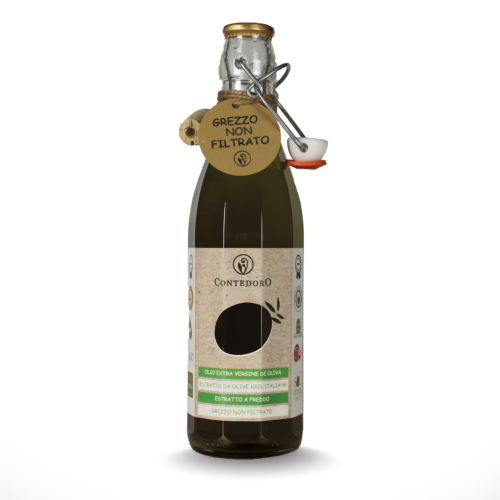 Raw Oil – Unfiltered EVO 0.50 and 5Lt.
Raw Oil – Unfiltered EVO 0.50 and 5Lt. -
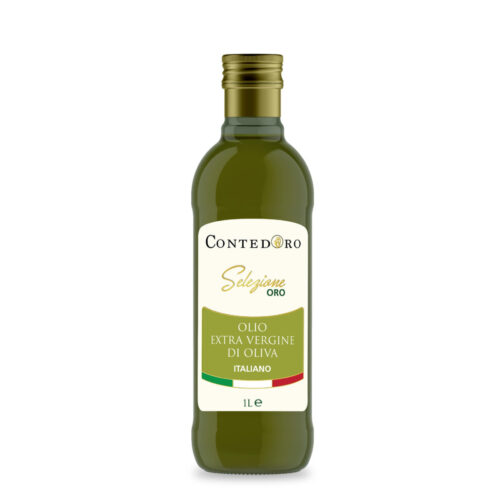 GOLD selection
GOLD selection -
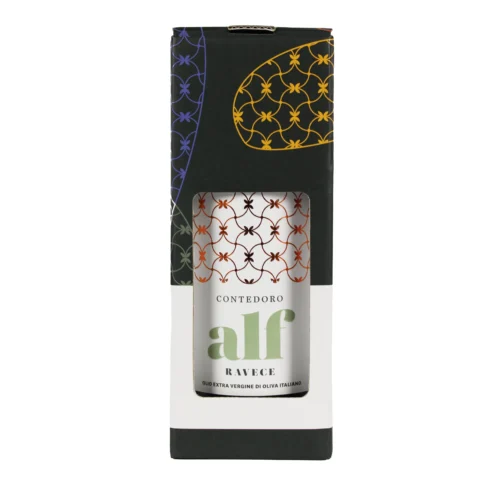 ALF – Ravece Selection
ALF – Ravece Selection -
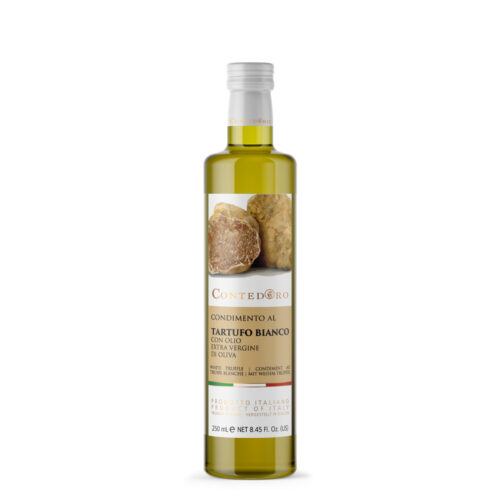 Extra virgin olive oil flavored with white truffle
Extra virgin olive oil flavored with white truffle -
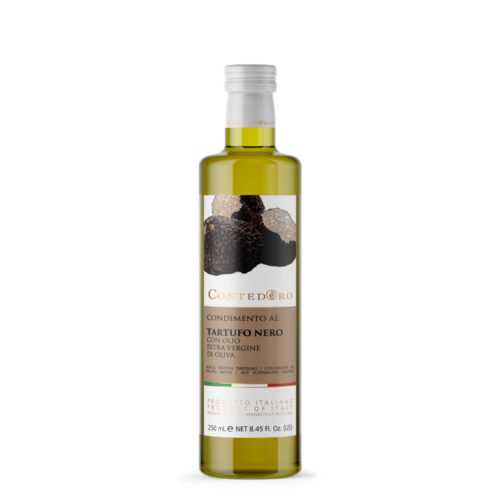 Extra virgin olive oil flavored with black truffle
Extra virgin olive oil flavored with black truffle -
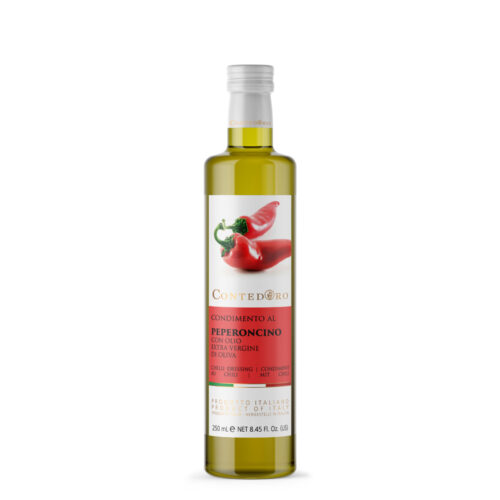 Chili pepper flavored extra virgin olive oil
Chili pepper flavored extra virgin olive oil -
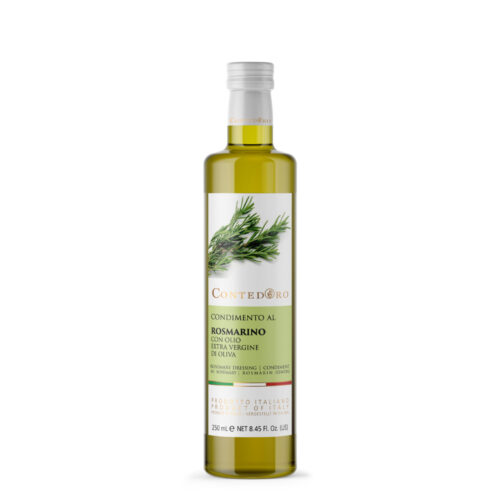 Extra virgin olive oil flavored with rosemary
Extra virgin olive oil flavored with rosemary -
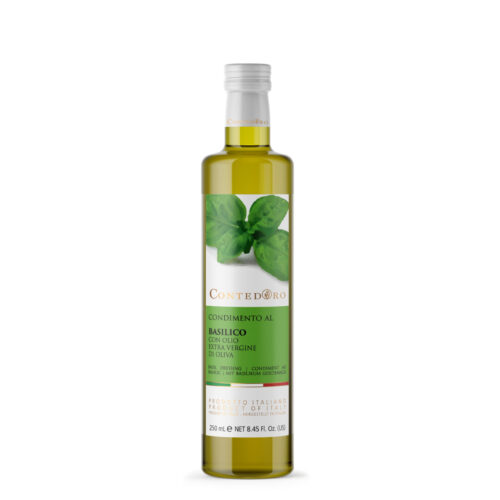 Basil-flavored extra virgin olive oil
Basil-flavored extra virgin olive oil -
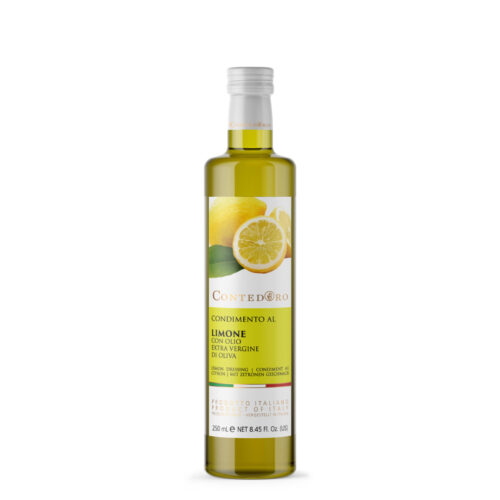 Lemon-flavored extra virgin olive oil
Lemon-flavored extra virgin olive oil -
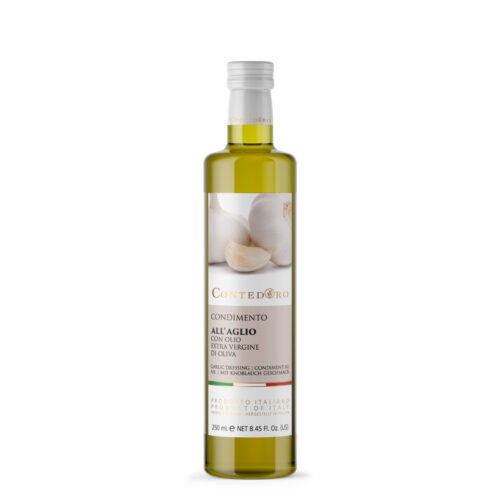 Garlic-flavored extra virgin olive oil
Garlic-flavored extra virgin olive oil

Alfio Lo Conte
Tecnico ed esperto degli oli extravergini di oliva, iscritto nell’Elenco Nazionale sezione Campania.
Maestro di frantoio con diploma, conseguito presso International Extravirgin Agency.
Read more articles by: Alfio Lo Conte
Recent Comments